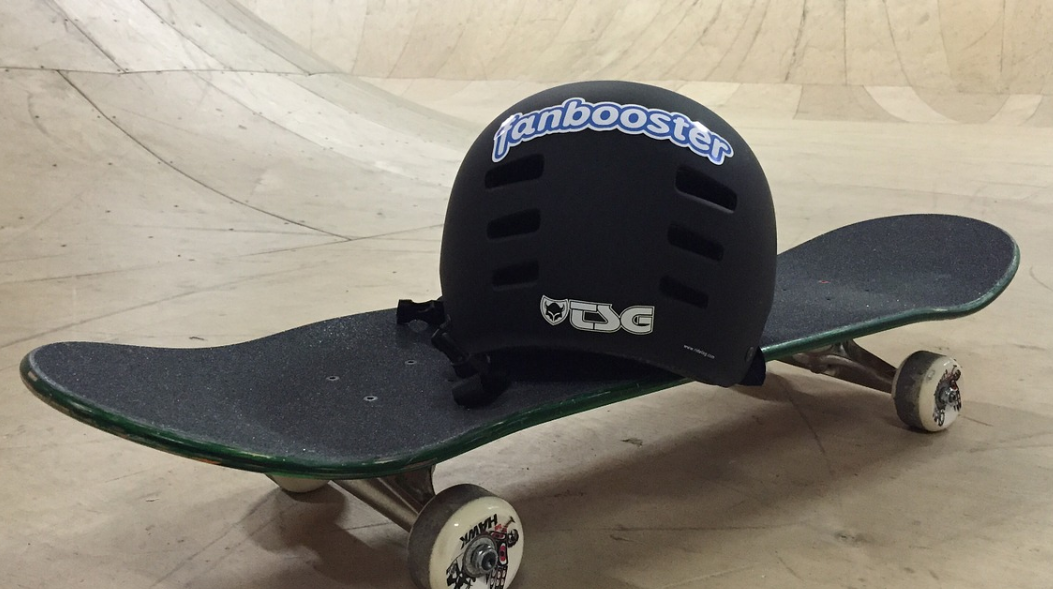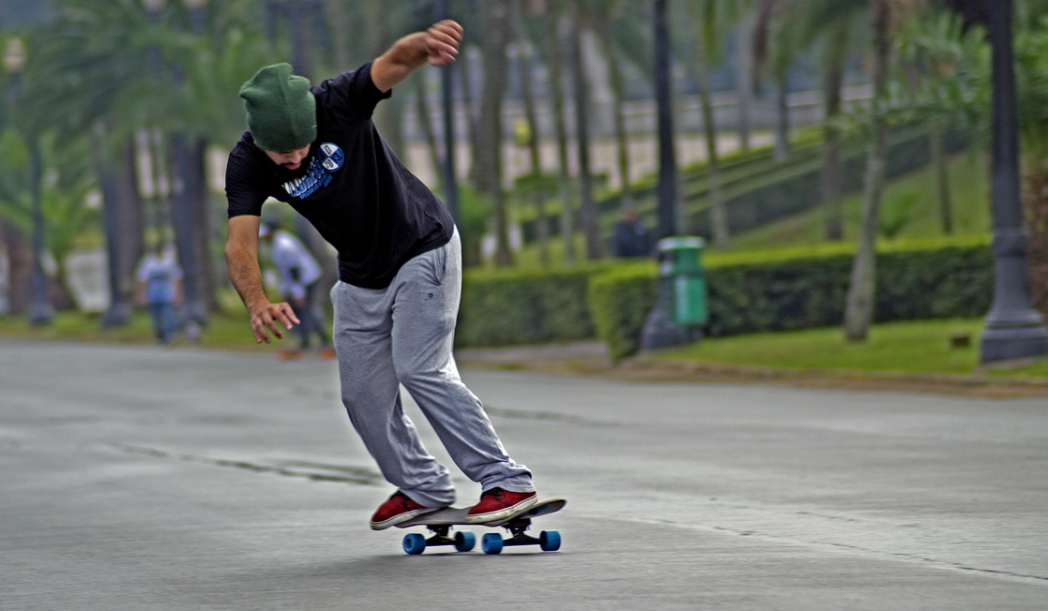Table of Contents
When you first start out on your skating journey, you’re going to experience quite a few hiccups. The pros might make it look easy, but there’s definitely a learning curve. If you’re up for the challenging, skating provides more than enough excitement, health benefits, and unforgettable fun for a lifetime.
Next, to actually buying your gear, safety is the most important part of skating. The good news about safety equipment in the sport is that it all looks cool. Many years back, it might’ve been a little difficult to find a helmet that didn’t hurt your style, but these days it’s a different story. Plus, nothing looks cool about getting injured without the proper setup!
Here at MyProScooter, we did quite a bit of research to find out the best skating and skateboarding safety tips around. Some of them might seem a little obvious, while others came to us as a surprise. If you or a loved one are learning how to skate, check out our advice below!
Know Your Safety Gear
Safety gear is the top priority in preventing unwanted harm while participating in any sport. Skating is no different, so we figured it should be number one on the list. Before you even place a foot on your skateboard or roller skates, you need to strap on your helmet and maybe a set of elbow and knee pads.
There are quite a few different types of skating helmets, all of which have the same intense: To keep your head safe! However, some of them are more breathable and lightweight, while others prevent scratches and damage to the helmet itself. Picking out the right helmet for your unique style of skating and experience will help you stay comfortable down the line.
Next up is the aforementioned elbow and knee pads. While these aren’t completely necessary, it’s not a bad idea to stay extra careful. Kids should absolutely wear these pads since they’re not as coordinated with balance and can be injured easier. Remember the old saying; It’s always better to be safe than sorry!
The last bit of safety gear is for those parents looking out for their children or individuals who aren’t completely comfortable skating yet. There are a few extra measures to take, including mouthguards, gloves, and wrist guards in case you fall over. Some skating gloves even come with hardened composite wrist protectors, saving you money overall.
Start Skating Slow and Familiarize Yourself
You couldn’t start dribbling a basketball and suddenly shoot hoops like Lebron, so don’t think that owning a skateboard or a pair of skates will get you into the X Games anytime soon. Start off by familiarizing yourself with the feeling of rolling forward and backward, leaning, turning, and so on before you try any tricks.
The best way to slowly progress into skating is to begin on a flat surface and try to stand still. It might sound strange but standing still is actually a challenge for some beginners who aren’t used to resting on wheels. It’s not a bad idea to have a friend or family member hold you in place until you get the hang of it.
Finally, look for a place with a slight decline such as a driveway or sidewalk to learn the ropes of rolling. Removing any and all obstacles will keep you safe, but don’t forget to wear all that safety gear from the first tip!
Be Aware of Your Surroundings
You can have all the safety gear and requirements down completely, but there’s no way to control what other people do. Keep an eye out for cars, pets, pedestrians, and other objects that might block or hinder your path.
If you’re skating at a skate park, always make sure that you look for other people’s skateboards from rolling in your way. You don’t want to slip or trip over their gear when you’re in the middle of a trick! The nice thing about being in a skate park is that there aren’t any basketballs or cars that can roll around dangerously. Nonetheless, always be aware of what’s going on around you to prevent harm to yourself or others.
Another small tip that goes with knowing your surroundings is to check out signs. There are tons of places where any kind of skating isn’t allowed. Whether or not you agree with them, try to respect the property and stay away from the unwanted trouble. The signs are there for a reason!
Practice Makes Perfect with Skating
Just like with anything new you’re trying to learn, practice makes perfect with skating. Not only is it nice to understand the ropes and how it all works but staying up with your practice sessions will keep you safe. Everything will eventually become a second hand, and that’s when you can finally take the training gloves off!
Ironically, you can learn quite a bit about skating safety by practicing on grass. It might seem a little weird at first since you’d never normally skate on grass, but you can learn to balance much easier. Not to mention that falling on grass is much more forgiving than falling on concrete or asphalt.
Staying safe while skating and skateboarding are much easier than you might think. Remember to always wear the right gear, start off slow and steady, be aware of your surroundings, and practice until you feel comfortable enough to roll without falling too often. Most importantly, have a good time and stay safe out there!
If you liked the article, please leave your feedback.






